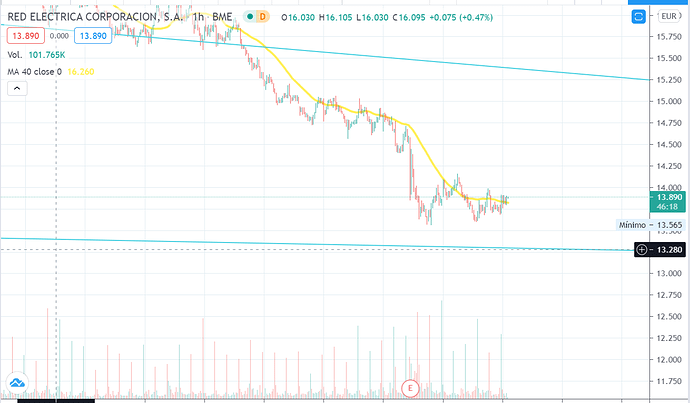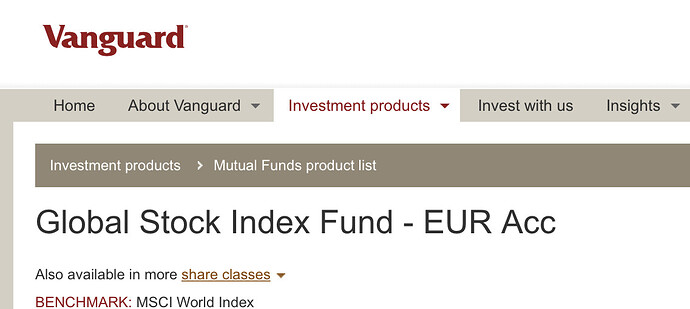Economic Moat 03/17/2021
We downgrade Red Electrica’s economic moat rating from narrow to none on the regulatory deterioration impacting its core Spanish electricity transmission business and diversification into no-moat businesses, especially satellites.
We don’t see Red Electrica’s core Spanish electricity transmission business as moaty anymore as we have not enough confidence that it will deliver an economic profit 10 years from now.
The allowed return on invested capital of those assets was 6.5% between 2013 and 2019 and the company was able to regularly outearn it thanks to good execution in investment and operations. In other words, the company’s operating and capital costs were lower than what was assumed by the regulator. Going forward, we are not confident that Red Electrica will continue to deliver economic profit in its core business.
First, the allowed return was reduced from 6.5% to 6% in 2020 and to 5.58% in 2021. The latter will prevail until 2026.
Secondly, Spanish transmission’s revenue and profitability will be significantly reduced in 2024 because of the end of the remuneration of assets commissioned before 1998. The company could be partially compensated through the remuneration of the maintenance of these assets. Without any compensation, the turnover would be reduced by 15% and EBITDA by 20%.
On the other hand, Spanish transmission assets’ efficient scale will continue to prevail due to the prohibitive costs of constructing competing infrastructure, as well as the company’s government mandate to be the sole owner of the country’s transmission assets.
To mitigate the impact of a deteriorating regulatory environment in Spain, Red Electrica is seeking to diversify its business in communication and transmission assets in Latin America.
The telecommunication business consists of a fibre optic network in Spain and satellites since the acquisition of Hispasat late 2019.
Red Electrica leases its broad dark fiber backbone network and provides integrated telecommunications infrastructure solutions (towers, fibre optics) for telecom operators. This activity has a moat from efficient scale, in our view.
On the other hand, we posit the satellites business does not have a moat. This is a competitive business not immune to economic fluctuations. In 2020, the activity was hit by price renegotiations and contract cancellations against a backdrop of sharp economic deterioration. That led to an impairment of 13% of the price paid to acquire Hispasat.
In 2019, returns on invested capital of Hispasat was already below the cost of capital, on our calculations.
Lastly, the transmission investments in Latin America have a similar profile to the Spanish system, albeit with a higher growth trajectory and somewhat higher political risk offset by higher returns. These assets have a moat but their weight in the group will remain limited. Besides, they are not consolidated and contribute to Red Electrica’s P&L through equity income.






